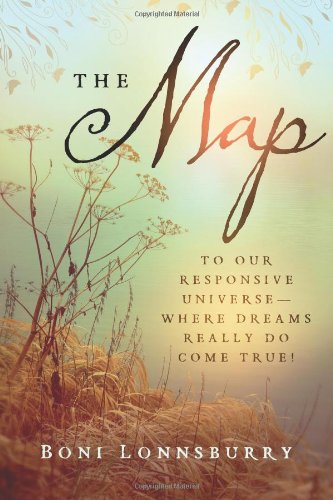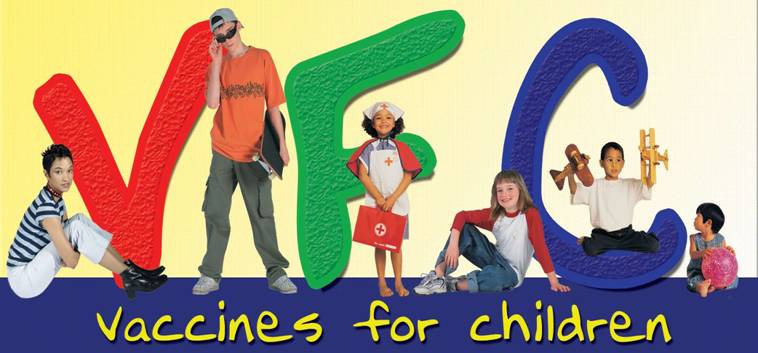Across the country, preschools and elementary schools are declaring themselves nut free or peanut free, asking families not to pack lunch foods that could pose life-threatening dangers to highly allergic children. And the prohibitions are expanding beyond nuts. Some schools, for example, have prohibited powdered cheese products to protect children who are especially dairy sensitive.
These measures may be excessive, but as a physician, I understand the desire to protect students. Children with serious allergies really can have severe reactions to trigger foods, so it’s not that surprising that some schools have reacted aggressively.
But the great bulk of children face a far greater risk of harm from disease. If the goal is really to protect children, I’d like to see all schools declared “unvaccinated-free zones.”
The law in California mandates that students in public and private schools be immunized, but it also allows easy-to-get exemptions for personal beliefs.
Although some 90% of the state’s kindergartners are up to date on their immunizations, it is not uncommon for individual public elementary schools to report that more than one-third of their kindergartners are not.
And if you’re thinking this must be a problem unique to schools in low-income neighborhoods, think again. One of Malibu’s three elementary schools reported that just 58% of its kindergartners were up to date on their vaccinations, and some other affluent areas throughout the state have schools with similar compliance rates.
Private schools vary widely, but some have rates of less than 20%. Yes, that’s right: Parents are willingly paying up to $25,000 a year to schools at which fewer than 1 in 5 kindergartners has been immunized against the pathogens causing such life-threatening illnesses as measles, polio,meningitis and pertussis (more commonly known as whooping cough). In order for a school to be considered truly immunized, from a public health standpoint, its immunization rate needs to be 90% or higher.
Parents have varied reasons for choosing not to immunize their children. Some are concerned that vaccinations raise the risk of autism, although study after study has debunked this myth. Others, concerned that small bodies can’t tolerate so many vaccines at once, have decided to spread out the schedule recommended by the American Academy of Pediatrics and the Centers for Disease Control and Prevention, though there is little evidence to support this practice. Some parents think that because some of the illnesses for which kids get immunized are extremely rare these days, there’s little reason to vaccinate.
But here’s the reality: These diseases do exist, and we’re already seeing some of them make a comeback.
When I was in medical school, pertussis was discussed primarily in the past tense. We learned about how whooping cough had taken the lives of many people in the 1930s, before a vaccine was available. It felt like ancient history. But now, pertussis has made a comeback in California and other states, causing severe illness in kids and adults. Children have died.
There is also a vaccine now to protect against Haemophilus influenzae type b, a bacterial disease that can cause severe respiratory illnesses, meningitis, eye infections, blocked breathing and even death. In the years after the vaccine was licensed in 1985, the disease was nearly eradicated, but now it’s back too.
Dr. Jonas Salk, creator of the polio vaccine, spoke at my medical school graduation. Polio killed millions and paralyzed millions more, but thanks to Salk and Albert Sabin, whose vaccine came soon after Salk’s, we haven’t seen outbreaks in the U.S. since the 1950s.
It used to seem a sure bet that polio was gone for good in the United States and would soon be eradicated everywhere. In 2012, just 223 cases of polio were reported worldwide, all but six of them in the three countries where the disease remains endemic: Afghanistan, Pakistan and Nigeria. One barrier to complete eradication has been suspicion toward the vaccine in remote areas of those countries. It’s ironic that vaccine suspicion is now growing here as well.
It still seems likely we’ll win the war against polio. But it’s no longer looking all that certain with whooping cough, meningitis and measles, to name a few. They could be coming soon to a school near you.
















